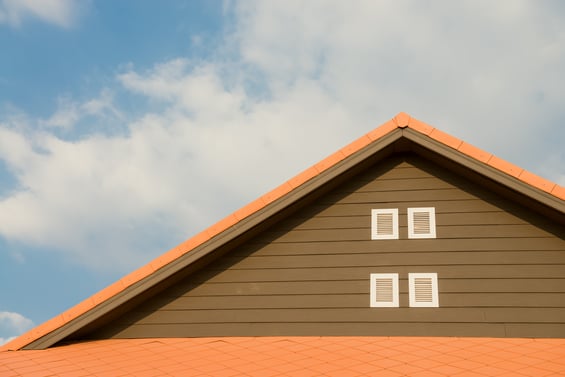
18 April 2023
As a consumer, it can be confusing to determine who is responsible for maintenance when it comes to renting a property - especially if you are a first time landlord or tenant.
When considering the obligations of both parties we will always refer to subsection 6(1) and 6(2), of the Unfair Practice Regulations, in the Rental Housing Act. A Lease Agreement needs to ensure that these regulations are outlined so that both the landlord and the tenant are aware of their responsibilities during the tenancy.
In this article, we will look at the conditions, obligation and maintenance that the landlord has to fulfill in accordance with the Rental Housing Act, for a better understanding of what is required when entering into a lease agreement.

Rental Housing Act | subsection 6(1) and 6(2). Conditions, Obligations and Maintenance,
A landlord must -
- Ensure that the property they are renting out is fit for human habitation, meaning that the property cannot be in a condition that could possibly threaten the life, health, safety, personal property or general welfare of the occupant/s.
- Ensure that the tenant (as far as possible) has undisturbed enjoyment of the property. Reasonable notice is required should the landlord need to carry out an inspection of maintenance.
- Provide a set of house rules \ body corporate rules should these be necessary in the normal course of renting out the property, this would usually apply to sectional title properties that are governed by a Body Corporate.
- Maintain the common property, if any, in a good state of repair, which would usually refer to a property that is sectional title where there could be stairs, a lift or communal garden area
- Ensure that the outside of the property, including the walls and roof are in good condition
 and maintained
and maintained
- Maintain the electrical, plumbing, sanitary, heating, ventilation, air conditioning systems and elevator system (if applicable) are in a good state of repair at the onset of the lease agreement
- Repair any damage to the property that was caused by fair wear and tear - fair wear and tear would refer to any damage caused by normal, every day usage of the property.
- Provide waste disposal containers and arrange for the removal of waste - this would usually be in the form of a municipal dustbin, of which services to have this removed would be registered to the homeowner
- Provide all services that are set out in the lease agreement under the landlord’s obligation
- Effect any repairs that the landlord is responsible for under the lease agreement within 14 days of written notice. These repairs would either be identified during an inspection or on notice from the tenant. It is important to note that should this damage be caused by negligence of the tenant or their visitors, that the landlord will hold the tenant liable for such repairs.
It is imperative that a lease agreement entered into between a landlord and tenant, outlines the parties responsibilities clearly. In this way, when it comes to maintenance issues that may arise, each party will be clear about where their responsibility lies and any potential disagreements around this can be avoided.